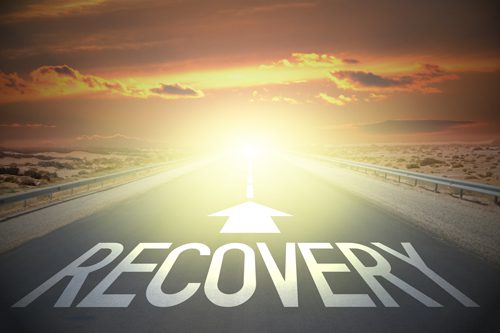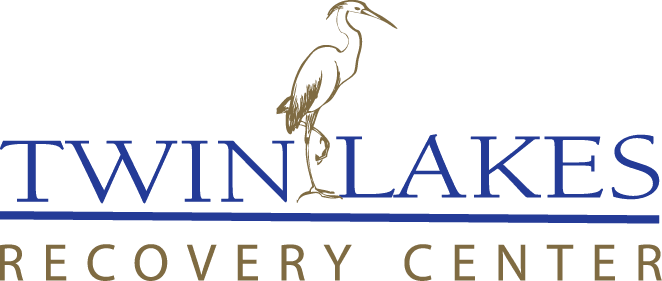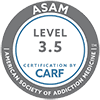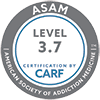 If you’ve gone through rehabilitation for drug or alcohol abuse, you’ve accomplished a major life milestone that few people understand.
If you’ve gone through rehabilitation for drug or alcohol abuse, you’ve accomplished a major life milestone that few people understand.
As a result, your concept of mindful behavior is probably more detailed than that of other individuals, as you recognize a healthy life includes abstaining from harmful substances.
How can you do this every day? A primary component of recovery wellness is to understand what triggers the desire to use drugs or alcohol, and to foster an awareness of the situation that allows you to rely on important techniques to handle cravings and urges.
Be Aware of Key Triggers
The term “trigger” is most often defined in behavioral therapy as a stimulus that relates to trauma. Trigger is also used to describe a psychological response that may prompt an urge or craving to use drugs or alcohol. Quite often, the stimuli that prompt negative feelings and unhealthy behaviors are what “trigger” someone to relapse into drug or alcohol use.
The internal and external triggers for individuals dealing with drug and alcohol addiction vary considerably. Someone who’s dealing with a deep emotional trauma may be triggered to use again by a situation that makes him or her examine feelings of self-worth or self-esteem. Another person who finds it difficult to participate in social functions without drinking may relapse in order to fit in.
An important step for continued recovery is to develop an understanding of which internal and external triggers may affect you. This allows you to have a greater awareness of feelings and situations that cause urges or cravings, and what techniques you’ll use to handle them effectively.
The primary triggers are emotional, environmental, and social.
Emotional triggers may include:
- Anger
- Anxiety
- Depression
- Exhaustion
- Frustration
- Loneliness
- Mental health issues
- Self-esteem/self-worth
- Stress
Environmental triggers may include:
- A childhood home
- A particular neighborhood
- A frequent social setting, such as a bar, club, or recreation center
- A workplace
- A place of worship
Social triggers may include:
- Meeting with people who continue to abuse alcohol or drugs
- An encounter with a friend or significant other who either uses or prompts feelings in you to use
- A call or visit from a family member who sparks negative emotional responses
- A setting where you had to use alcohol or drugs to feel accepted
- A recurring situation that makes you want to resort to drugs or alcohol in order to cope or because of the ease of availability
While these are common triggers, they don’t begin to quantify an individual’s unique experience.
Learn Your Triggers and How to Handle Them
In a treatment facility, part of the process of understanding addiction is to become more aware of who you are as an individual with and without the substances. Many people have a lot of factors to address head-on in order to fully recover not only from substance abuse, but also from a trauma that may have caused this abuse.
If you empower yourself to learn about who you are, then you’ll be more equipped to identify your triggers without fear or judgement.
The United Nations Office on Drugs and Crime suggests visualizing internal and external triggers as a way to gain a better understanding of them and to create an action plan. Use these detailed worksheets for help.
Once you’ve outlined your known triggers, you can put your plan in place. Professionals who help people with addiction therapies suggest you control triggers by:
- Being mindful of wellness. It’s important to eat right and exercise no matter what your goals for life may be. It’s even more important to support your sobriety with proper sleep, nutrition, exercise, and other positive wellness behaviors.
- Understanding H.A.L.T. This acronym stands for hungry, angry, lonely, and tired. For some people, a rush of these feelings may prompt a craving or increase the urge to resort to substance use. You can control these and other emotional triggers by learning to act, but not react to them. If you’re hungry, have a healthy snack. If you’re angry or lonely, talk with a sponsor, go for a run, journal, or phone a friend who supports your wellness efforts. If you’re tired, take a short nap or meditate for a few minutes. Trust that you have better techniques for managing emotional triggers than falling back into bad habits.
- Resist the need to test or tempt yourself to prove control. Think again about the environmental and social triggers that you listed. It’s important not to test or tempt the strength of your recovery by placing yourself in situations that will only push you to the limit. Some people may be able to move forward after these situations, but experts caution everyone to avoid circumstances that continue to challenge the concept of healthy recovery or establish overconfidence in the ability to handle a situation without a plan.
- Change your routine. Often, there’s a pattern to drug and alcohol abuse that may be connected to certain triggers. As you identify what prompts drug or alcohol use, you may see these patterns more clearly. Once you do, you’ll be able to decide what you need to do to encourage wellness.
In the first few months of recovery, it may feel as though you’re always referring to a list of dos and don’ts. Keep in mind your primary reasons for seeking help and why living without drugs or alcohol matters to you. Then you can take pride in your accomplishments, including the various techniques you use to stay healthy.
Other Sources:
Willingway: Understanding and Avoiding Common Relapse Triggers.
PsychCentral: 5 Tips for Managing Triggers during Addiction Recovery.



